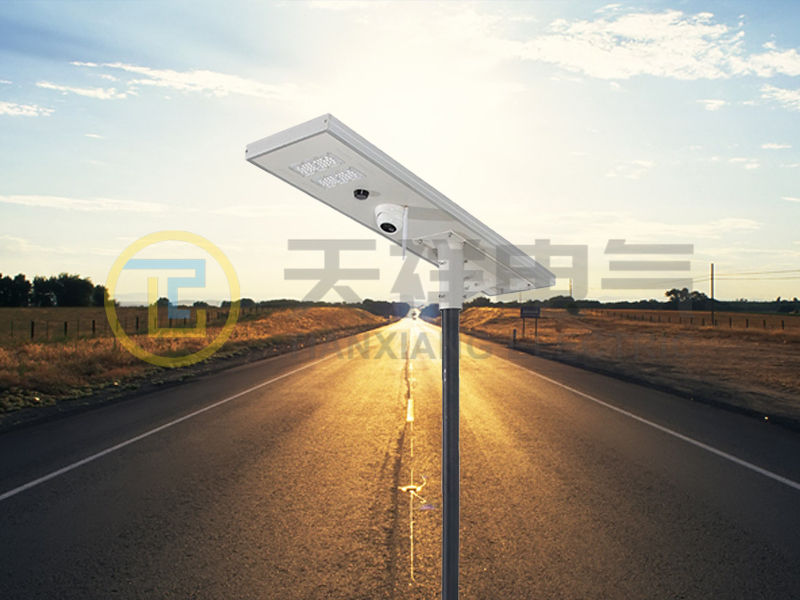In today’s technologically advanced world, the integration of sustainable solutions is becoming increasingly important. One such innovation is the solar WiFi street light, which combines the power of renewable energy with the convenience of wireless connectivity. Let’s dive into the fascinating history of these fascinating devices that are revolutionizing the way we light our streets.
Early roots:
The concept of solar street lighting dates back to the early 1970s when scientists began exploring alternative energy sources. It was during this time that researchers discovered solar cells that could efficiently harness and store sunlight. However, solar street lights were not yet widely available due to the high cost and limited capabilities of the solar technology available at the time.
Advances in Solar Technology:
As solar cell technology continues to develop, so does the potential of solar street lights. By the 1990s, solar panels became more affordable and efficient, making them a viable option for street lighting applications. These systems rely primarily on low-power LEDs (light-emitting diodes), which are both energy-efficient and long-lasting compared to traditional lighting solutions.
WiFi integration:
Integrating WiFi capabilities into solar street lights further enhances their functionality. By integrating wireless connectivity, these street lights are no longer just a source of lighting. WiFi connectivity enables remote monitoring and control, allowing city officials and maintenance staff to effectively manage and adjust lighting settings as needed. In addition, it can enable smart city functions such as real-time data collection, video surveillance and environmental monitoring, paving the way for a more connected and sustainable urban environment.
Advantages of solar WiFi street lights:
Solar WiFi street lights offer many advantages over traditional street lighting systems. First of all, its environmentally friendly properties significantly reduce carbon emissions, promote a green future, and contribute to the global response to climate change. Second, solar street lights are independent of the grid, making them resilient to power outages and reducing pressure on existing resources. In addition, wireless connectivity enables seamless communication between multiple streetlights, effectively optimizing energy use in response to changing environmental conditions.
Future possibilities:
The future of solar WiFi street lights looks promising as efforts continue to improve their efficiency and expand their applications. Continued advances in solar cell technology will enable higher energy conversion rates, ensuring street lighting solutions are more reliable and cost-effective. Additionally, researchers are exploring integrating artificial intelligence (AI) into advanced energy management, leveraging data analytics to optimize power usage and improve overall sustainability.
In conclusion
Solar WiFi street lights have come a long way since their inception. From groundbreaking inventions to cutting-edge technology, these devices successfully combine solar energy and wireless connectivity to create innovative and environmentally friendly solutions to street lighting needs. As we continue to move towards a more sustainable future, solar WiFi street lights will undoubtedly play a vital role in lighting up our cities while minimizing our environmental footprint.
If you are interested in solar street light with wifi camera, welcome to contact Tianxiang to read more.
Post time: Sep-21-2023





